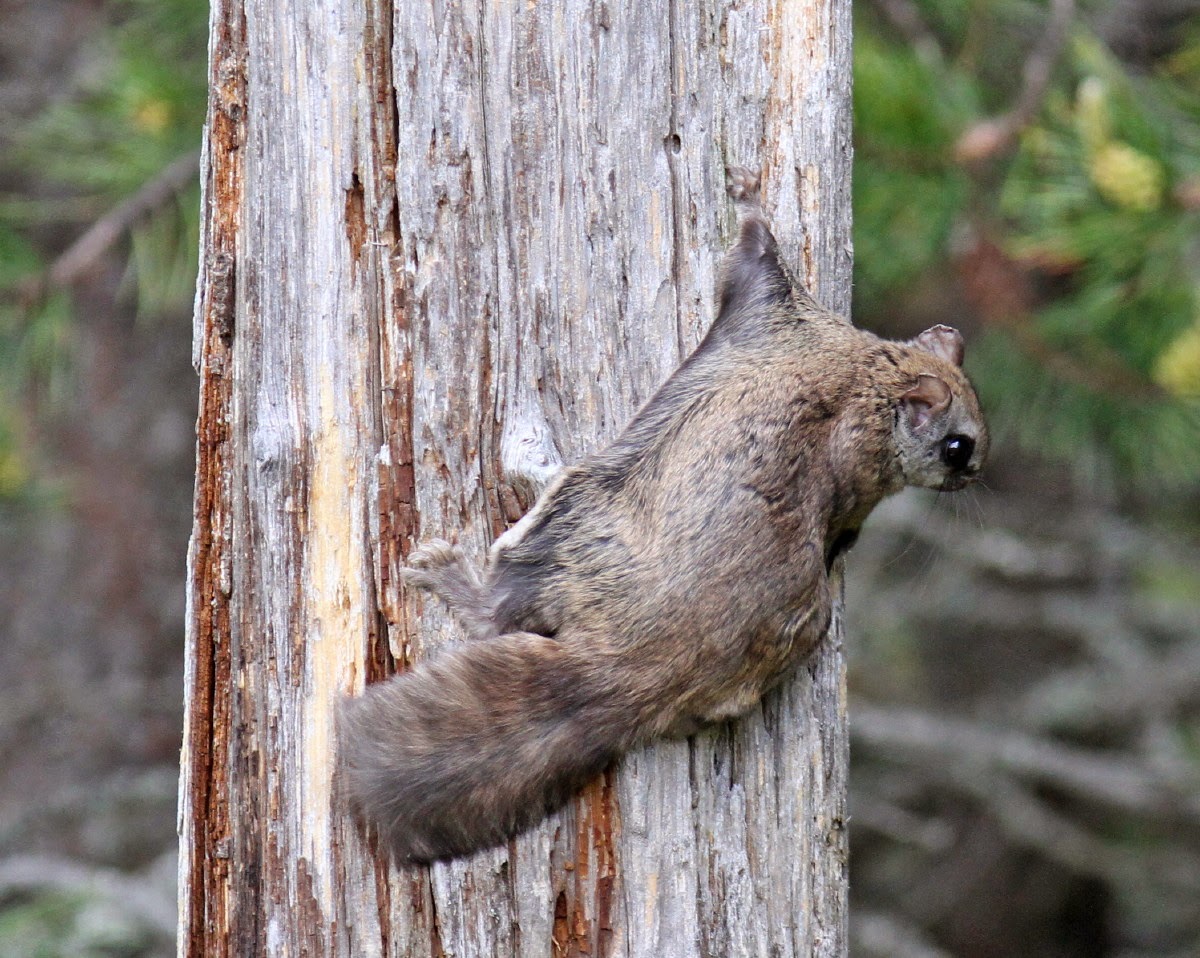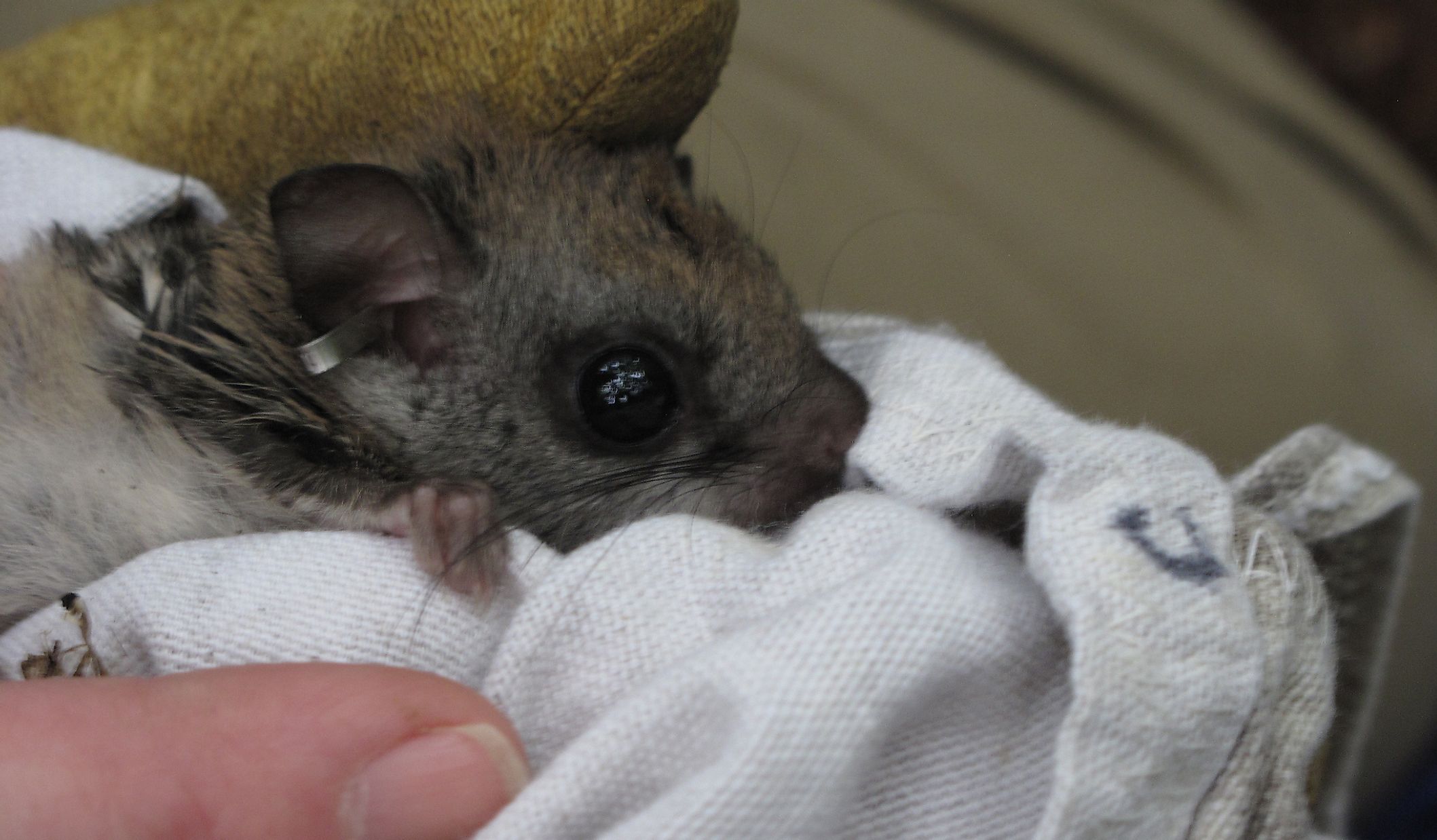

Enter and space open menus and escape closes them as well. Up and Down arrows will open main level menus and toggle through sub tier links.
#NORTHERN FLYING SQUIRREL SKIN#
It has a loose fold of skin between its front and rear. It has soft cinnamon brown and gray fur above and creamy white fur below. Fish and Wildlife Service officially listed the two. The two species ecology and habits are similar, although the. Although northern flying squirrel populations are stable throughout much of the species range, the. It has very large, round black eyes that help it see at night and a long, flattened tail. The northern flying squirrel is slightly darker and browner than its southern counterpart. It is about ten inches long from the tip of its nose to the tip of its tail. During January and February, they tend to. The northern flying squirrel is a small squirrel. Left and right arrows move across top level links and expand / close menus in sub levels. Northern Flying Squirrels peak around September as they begin looking for a winter home, typically in an attic space. It spends more time foraging on ground than the southern flying squirrel.The site navigation utilizes arrow, enter, escape, and space bar key commands. They have gray-brown fur with gray-beige. The northern flying squirrel is a small nocturnal gliding mammal some 26O to 3O5 millimeters (1O to 12 inches) in total length and 95-14O grams (3-5 ounces). They can survive on a diet of lichens and fungi, and may thus be less dependent on seeds and nuts than G. The Northern flying squirrel is of the Sciuridae family and is the smallest arboreal (tree-living) squirrel in Oregon. Nova Scotia has two species of flying squirrels: the northern flying squirrel (Glaucomys sabrinus) and the southern flying squirrel (Glaucomys volans). In the winter, this species feeds from caches in crevices, crotches of trees. The kite-like skin folds between their front and back legs, called patagia, catch air, so they appear to be flying. They glide from tree to tree by spreading their arms and legs apart. This species often lives near streams and rivers. Northern flying squirrels are small nocturnal rodents that live in the forest canopy. This subspecies is typically found in conifer-hardwood ecotones or mosaics consisting of mature beech, yellow birch, sugar maple, hemlock, and black cherry associated with red spruce and balsam or Fraser fir. South of Pennsylvania, this species occurs in small, isolated, relict populations at high altitudes.

coloratus), occurs only in the mountains of eastern Tennessee. The subspecies which occurs in the state, Carolina Northern Flying Squirrel (G.

sabrinus fuscus has been confirmed in Highland and Montgomery Counties from capture data. The Northern Flying Squirrel is a nocturnal rodent is and one of the smallest tree squirrels. There has been a major push since being declared endangered leading to nest box placement in 10 counties of western and southwestern Virginia. With built-in parachutes in the form of wing-like flaps of skin stretching from leg to leg, West Virginia northern flying squirrels glide among the trees in. They are on the verge of extirpation in Virginia. The voice is high-pitched insect-like chirps. They are nocturnal, usually active even in the severest winter weather. One litter of 2-4 young are born in May and June each year. This species usually lives in small family groups in nests in tree holes, and old bird nests. Two species of flying squirrels occur in Maine - the Northern Flying Squirrel and Southern Flying Squirrel. Northern flying squirrels inhabit forests along the mainland coast of Southeastern Alaska (Southeast) east of Glacier Bay and south to the Canadian Border. The eyes are prominent, large and blackish. The tail is broad, horizontally flattened, and there are membranes (patagia) between the fore and hind legs. volans, with a browner dorsal pelage, distinguished by the belly hairs being slate-colored at the bases,the coat is dense, soft and the sides grayish-brown, sometimes washed with cinnamon. ( Glaucomys sabrinus fuscus) Characteristics


 0 kommentar(er)
0 kommentar(er)
